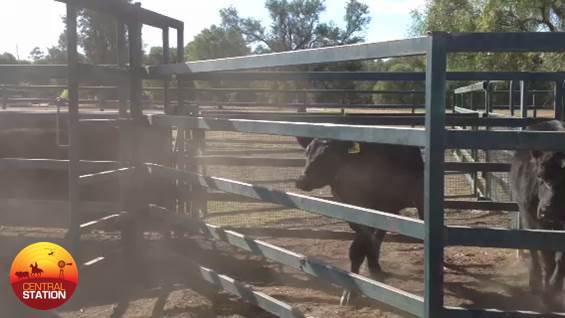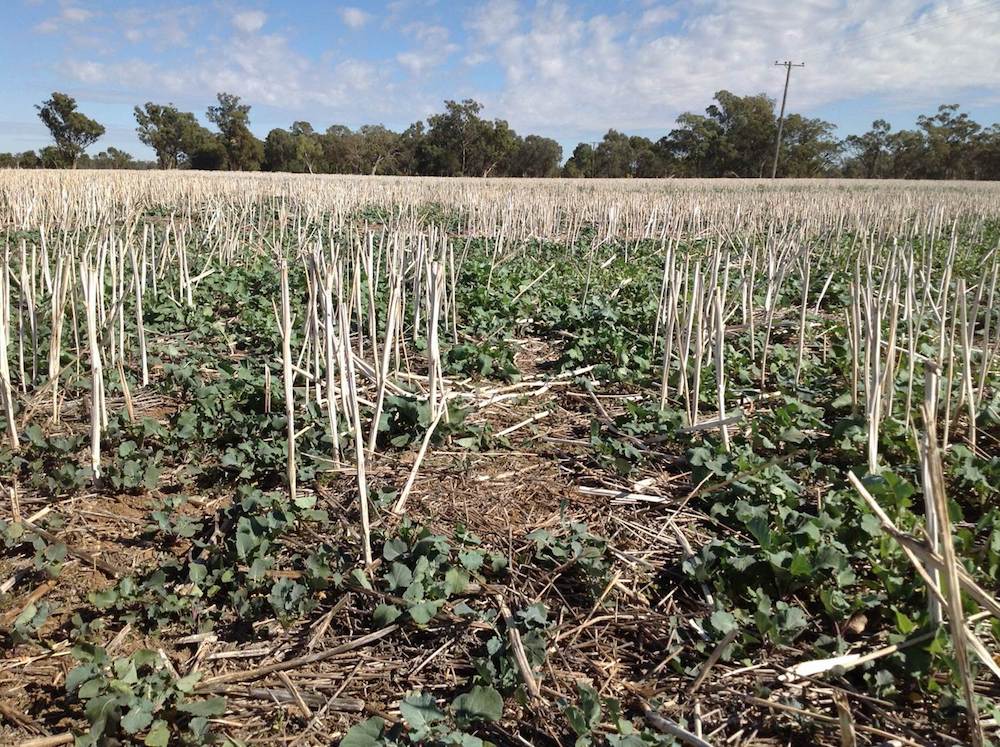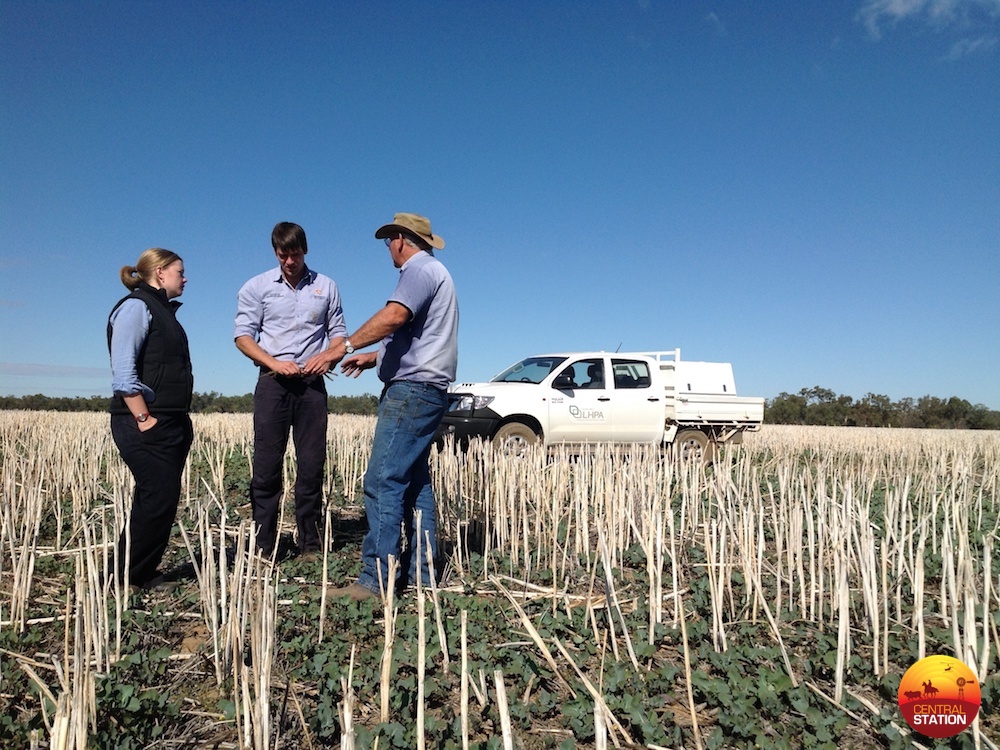CSI: Coonamble
Host: Dr Jillian Kelly
Sometimes I feel like I’m part of the “CSI” team – investigating livestock illness and death and putting all the little pieces together – history, clinical signs, lab testing, and an examination of the paddock – to get a diagnosis and fix the problem.
A while back I got called out by a farmer to some steers that were acting very strangely. Steers are castrated male cattle that are usually fattened and end up in the prime beef market. About six steers out of a mob of 136 head were wobbly on their feet, appeared blind and were more lethargic than normal.
As a District Veterinarian, I am always very interested in neurological signs in cattle, as it’s our primary job to rule out notifiable and exotic diseases such as BSE or mad cow disease, as well as poisonings by thing such as heavy metals like lead.
I immediately booked a visit to the farm, which was about 145km from my office. Upon arriving at the farm, I had a chat to the farmer and then examined the steers. Because they were wobbly and blind, they had been difficult to muster and so we had to examine most of them in the paddock. Many would react to noise, but had no vision and would run into fences or other objects.
I examined the few animals that we could yard closely, particularly to assess their vision and the appearance of their eyes. Their eyes were clinically normal, indicating the origin of the problem was probably higher up in the brain. I took blood samples from these animals via their tail vein to rule out lead poisoning. The appearance, origin (they were home-bred on the property) and age of the animals ruled out BSE or mad cow disease.
As it often is – the key to solving this case was in the history! The cattle had been grazing a canola crop – it had been harvested over summer and the stubble had re-shot. Although the farmer would not normally make use of the stubble, the conditions were very dry and pasture was scarce. There was little else to graze in the paddock and the new canola shoots were moisture stressed.
Based on the history, a tentative diagnosis of “polioencephalomalacia” (commonly known as “softening of the brain”) due to grazing the canola crop was made. The way that the crop causes this problem in livestock is still debated, but it is most likely that the high sulphur content destroys thiamine (an essential B-vitamin) in the rumen. Thiamine is essential for normal brain function. In this case, the affected animals were given injectable thiamine supplements and removed from the canola crop and they all made a full recovery. Their blood samples all came back normal for other diseases including lead poisoning!
Just another interesting and rewarding case in the life of a District Veterinarian! And just another presentation related to the dry times – farmers grazing paddocks they normally wouldn’t, and hungry stock eating things they ordinarily wouldn’t touch. In this case, the farmer was very grateful for the prompt visit and we managed to save all of his livestock. He will never graze a reshot canola crop again!
 Affected cattle were difficult to get up the race.
Affected cattle were difficult to get up the race.


